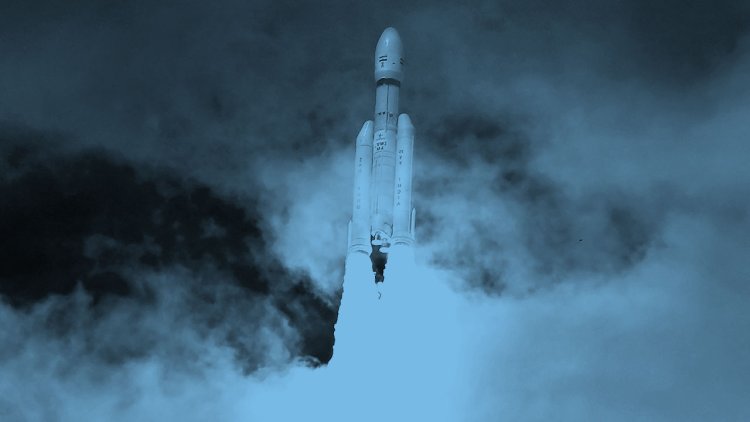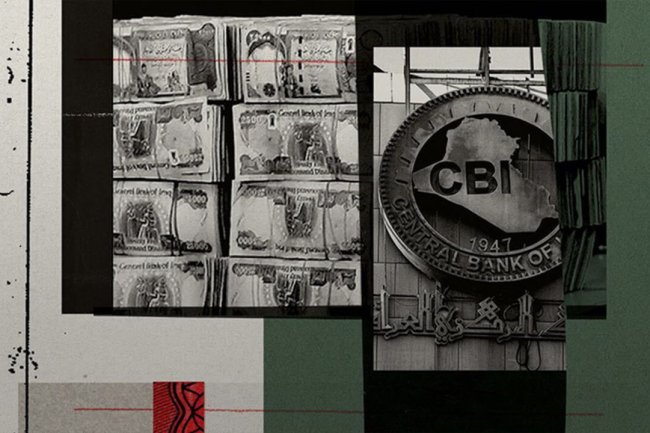Why the lunar South Pole is the latest focus in the new space race
IN THE COMING days, both Russia and India hope to land robotic probes near the South Pole of the Moon. Conquering the South Pole remains one of the grandest challenges in lunar science, but it’s a potentially rewarding endeavour. If evidence of water is found it will make human settlements much more likely.But the significance of the missions racing for the Moon, Luna-25 and Chandrayaan-3, go beyond science. Russia’s space agency has become isolated after the country’s invasion of Ukraine, while India’s space agency seeks to raise its profile. In an increasingly polarised world, is there any hope for an international agreement on humanity’s use of the Moon?Sam Dayala Dev, a former director at the Indian Institute of Space Science and Technology and India’s space agency, explains the aims of Chandrayaan-3. Simeon Barber, a planetary scientist at the Open University who works with the European Space Agency, discusses Russia’s Luna missions and why his drilling package has been removed fr


IN THE COMING days, both Russia and India hope to land robotic probes near the South Pole of the Moon. Conquering the South Pole remains one of the grandest challenges in lunar science, but it’s a potentially rewarding endeavour. If evidence of water is found it will make human settlements much more likely.
But the significance of the missions racing for the Moon, Luna-25 and Chandrayaan-3, go beyond science. Russia’s space agency has become isolated after the country’s invasion of Ukraine, while India’s space agency seeks to raise its profile. In an increasingly polarised world, is there any hope for an international agreement on humanity’s use of the Moon?
Sam Dayala Dev, a former director at the Indian Institute of Space Science and Technology and India’s space agency, explains the aims of Chandrayaan-3. Simeon Barber, a planetary scientist at the Open University who works with the European Space Agency, discusses Russia’s Luna missions and why his drilling package has been removed from the Luna-27 probe. Natan Eismont of the Russian Academy of Sciences explains his desire for renewed global collaboration, despite the political backdrop. Plus, Asif Siddiqi of Fordham University and Raji Rajagopalan of the Observer Research Foundation, reflect on the stakes if a consensus on the use of the Moon isn’t agreed internationally. Gilead Amit, The Economist’s science correspondent, hosts, with Oliver Morton, a senior editor at The Economist. Runtime: 43 min
For full access to The Economist’s print, digital and audio editions subscribe at economist.com/podcastoffer and sign up for our weekly science newsletter at economist.com/simplyscience.
Listen on: Apple Podcasts | Spotify | Google | Stitcher | TuneIn
What's Your Reaction?













